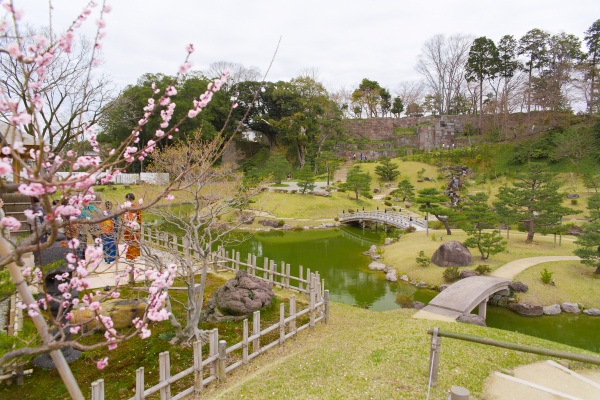A photogenic stroll in a town where kimonos look good.
Kimonos are recommended for exploring the emotional castle town of Kanazawa. There are many kimonos rental shops in the city, offering everything from glittering designs to traditional Kaga Yuzen.
If you've gone to the trouble of wearing a kimono, don't waste your time just strolling around! This is a fully enjoyable course that includes plenty of traditional experiences that can only be had in Kanazawa.
Find your favourite Kimono and enjoy the town tour.
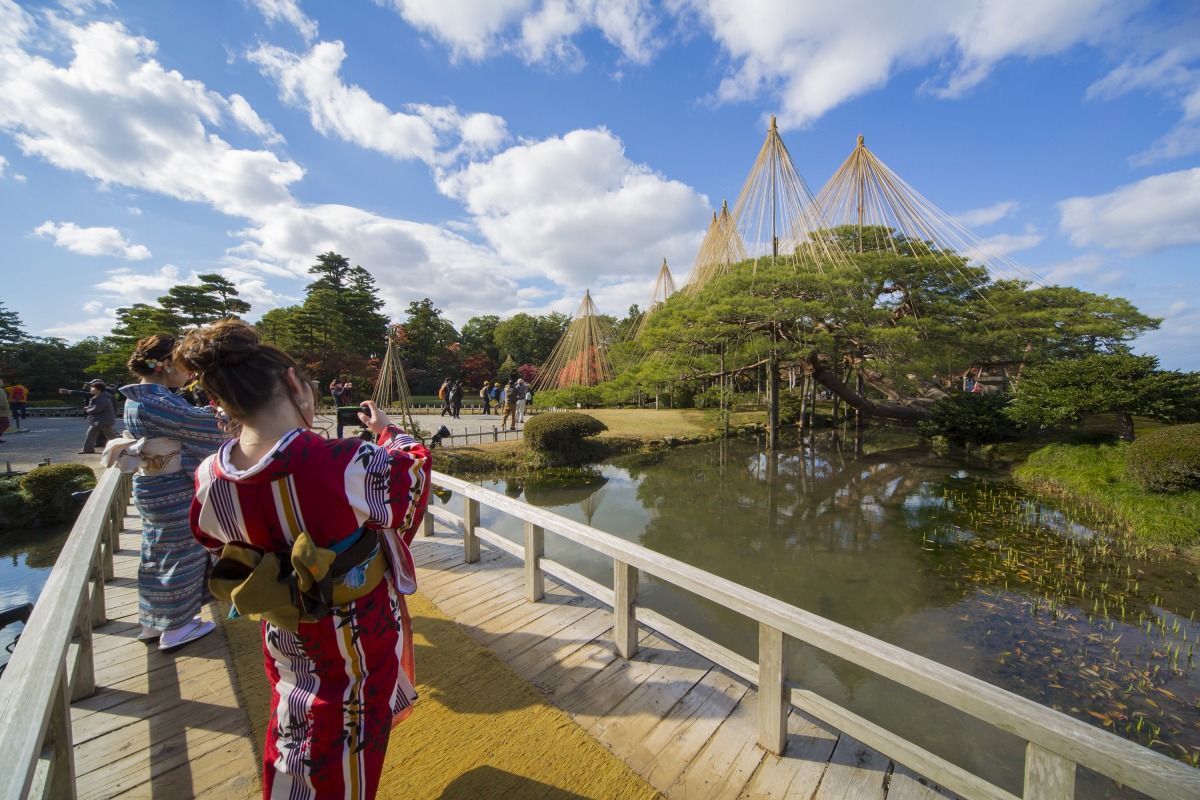
Rent a kimono
Find your favorite!
There are a number of kimono rental shops near famous tourist attractions such as Kanazawa Station, Omicho and near the Higashi Chaya District area.
Various rental plans are available, so search first.
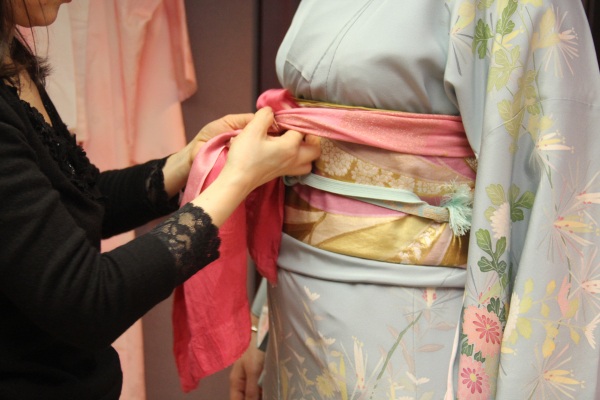
Higashi Chaya District
Discover one of Kanazawa’s largest geisha districts
In Japanese culture, geisha houses have been traditional places for feasts and entertainment since the Edo period. Also referred to as “chaya”, they are where geishas entertained wealthy nobility and rich merchants. Geishas are female Japanese entertainers who perform dances and play traditional Japanese instruments.
The central part of Kanazawa was once dotted with a number of geisha houses, but in 1820, these were moved to three specific districts away from the city centre. The largest one of these – and arguably the most famous – is the Higashi Chaya district.
The geisha houses in Higashi Chaya have a stunning traditional appearance. A geisha house is characterised by the beautiful lattice on the outer side of its first floor, called “kimusuko”, and the Japanese-style guestrooms located on the second floor. During the Edo period, the construction of two-story buildings except geisha houses was prohibited, making their appearance all the more striking.
These historical geisha houses along with Kyoto's Gion and Kanazawa's Kazue-machi have been designated as Japanese cultural assets. No other geisha districts have been designated as cultural assets for Japan, making Higashi Chaya even more special.
The district includes facilities where you can see the interior of a geisha house that was built almost 200 years ago, as well as quite a few old buildings have been refurbished into restaurants, cafes, and souvenir shops. Additionally, it takes a mere three minutes on foot to reach the banks of the Asano River from Higashi Chaya, making it an excellent area to explore afterwards.
The Kanazawa City Tourism Association holds a geisha performance show in the three geisha districts of the city on designated Saturdays, so make sure you plan your visit accordingly.
Click here for stores in Higashi Chaya District where you can use the special Gourmet Ticket Kanazawa Bimi.
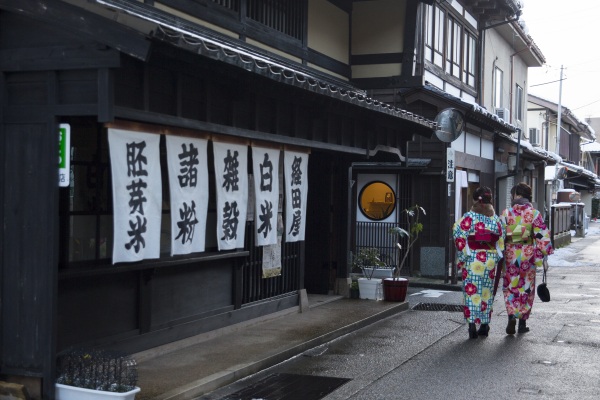
National Important Cultural Asset Ochaya SHIMA
The teahouse building remains as it was in the Edo period (1603-1868).
SHIMA is a chaya house built simultaneously with the construction of the Higashi Chaya district in 1820. This house is a precious chaya construction that has been designated as Japan's important cultural asset. The guestrooms and waiting room on the second floor with no closets, small courtyard, and other parts of the building that are used as a place of entertainment are stylish. A green tea service (with Japanese sweets) is offered at the courtyard.
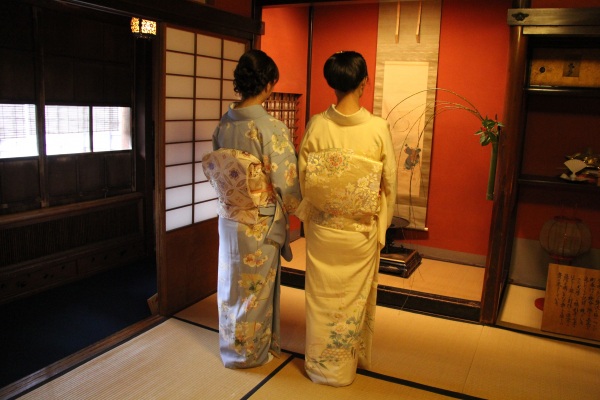
Gold leafing experience
Experience traditional crafts with gold leaf, which accounts for 99% of the national market share.
There are a number of facilities around Higashi Chaya District where you can try your hand at applying gold leaf. Make your own original souvenirs by applying gold leaf to chopsticks and dishes.
You can also learn about the history of gold leaf in Kanazawa and the gold leaf production process at the Yasue Gold Leaf Crafts Museum, located on the edge of the teahouse district.
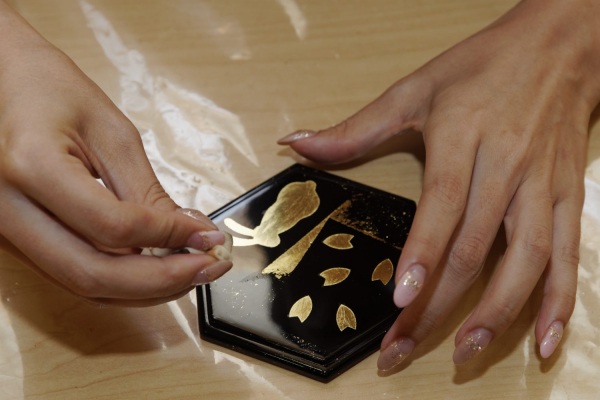
Enjoy Japanese sweets in traditional townhouse cafés.
Take a break and enjoy Japanese sweets and matcha tea in a café in a renovated traditional townhouse or teahouse building, unique to the Higashi Chaya district, where buildings are lined with bengala (Red iron oxide) painted degoshi (wooden lattice window like insect cages 'kimusuko').
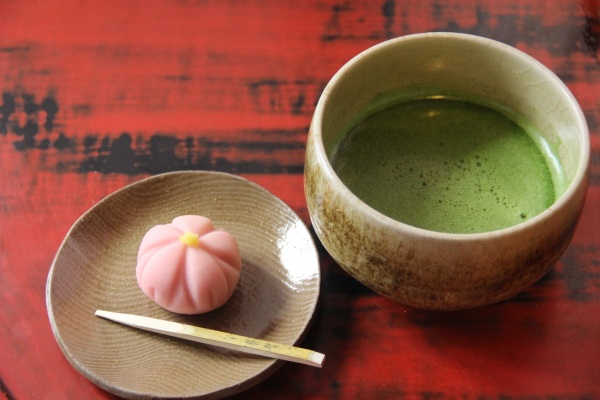
Ume no Hashi (Bridge)
An atmospheric wooden-style bridge nestled in the Geisha district
The wooden-style Ume-no Hashi Bridge spans the upstream side of the Asanogawa Ohashi Bridge. This bridge is for pedestrians only and is convenient when walking from the city center where Kenrokuen Garden and other places are located to Higashi Chaya District. The area around the bridge was the setting for "Giketsu-kyoketsu", a novel by local writer Kyoka Izumi, and a statue of the heroine, Taki no Shiraito, and a monument have been erected there. It is illuminated at night, so it is recommended to stop by after enjoying dinner at Higashi Chaya District.
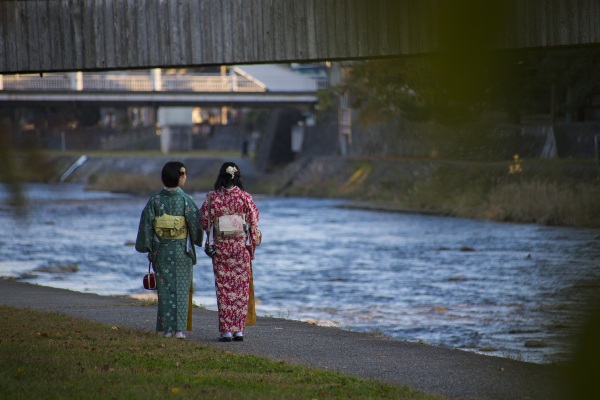
Not just for eating - a handmade experience
Under the guidance of wagashi craftsmen from a wagashi store in the city, participants will make three types of three types of kneaded candy cakes using a chakin wrapper, a triangular spatula, a sieve, and other tools.
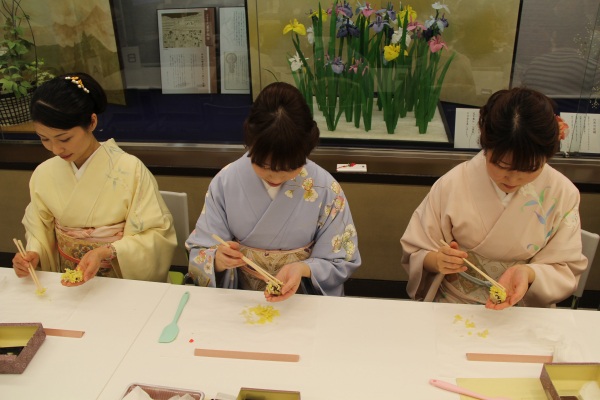
Kenrokuen Garden
A Beautiful and Famous Garden in the Heart of Kanazawa
Considered one of Japan’s three most beautiful gardens, Kenrokuen Garden is a must-visit location in Kanazawa. The name Kenrokuen means “having six factors”, representing the attributes which bring out the garden’s stunning beauty: spaciousness, tranquility, artifice, antiquity, water sources and magnificent views.The garden has an area of 11.4 hectares and is located on the heights of the central part of Kanazawa next to Kanazawa Castle. The Maeda family, who ruled the Kaga Domain (the present Ishikawa and Toyama areas) in feudal times, maintained the garden from generation to generation. It is regarded as one of the most beautiful feudal lords' gardens in Japan.
One of Kenrokuen Garden’s most stunning attractions is its large artificial pond called Kasumigaike. Located near the center of the pond is Horai Island. The pond is often seen to symbolize the sea and Horai Island a sacred island out at sea, on which an ageless hermit with miraculous power was believed to live. As a result, the pond and the island were constructed to symbolize long life and eternal prosperity for the lord.
There are many other gorgeous features to enjoy in the garden, including the flowers and trees that grow there, such as plum and cherry blossoms in spring, azaleas and irises early in summer, and colorful red and yellow leaves in autumn.
In Winter, visitors can enjoy the snow-covered landscapes with yukitsuri (which means “snow hanging”). yukitsuri is a traditional technique for protecting the branches of the pine trees in the garden from heavy snow; trees are given support by bamboo poles and rope arranged a captivating conical layout.
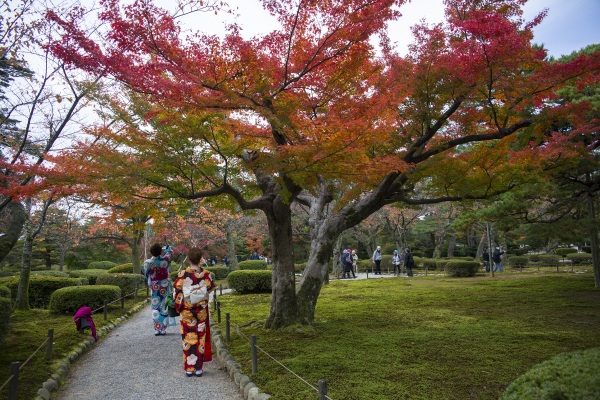
Kanazawa Castle Park・Gyokusen’inmaru Garden
One of Kanazawa’s key historic landmarks
Once the home of the Maeda family, who governed the Kaga Domain – present day Ishikawa and Toyama – for over 280 years, Kanazawa Castle is an essential part of the city’s history.
Many features of the castle including the original castle tower were destroyed in two major fires over its long history, and many of them have been rebuilt. Two of its longest lasting features are the Ishikawa-mon Gate, which was rebuilt in 1788, and the Sanjikken Nagaya which was rebuilt in 1858. Both of them have been designated as important cultural assets.
During the time of the Maeda family, Kanazawa Castle was surrounded by moats and had a fort function with loopholes for matchlocks on the outer wall in order to keep it secure from enemies. The beautiful white tiles that grace the roof are weathered lead and the walls made of white mortar with flat tiles attached to it. The stone walls vary in type throughout the castle and it is apparent that many of them were built in separate periods, with the oldest dating back more than 400 years ago.
Prior to Kanazawa Castle and its park’s restoration, it was used for many different purposes. For a time, it was used as base for the Japanese army and then a campus for Kanazawa University before being designated a National Historic Site in 2008.
Hishi Yagura, Gojikken Nagaya, and Hashizume-mon Tsuzuki Yagura (turret and storehouse)
These three stunning features are reproductions of original aspects of the park from over 125 years ago. Hishiyagura is a diamond-shaped turret, Gojikken Nagaya a 90-yard-long warehouse, and Hashizumemon Tsuzuki Yagura a turret designed to protect a nearby gate. Constructed through traditional methods, they offer a glimpse into Kanazawa’s past.
Gyokusen-inmaru Garden
In 1634, the third lord of the Maeda family started to construct the garden. Although it was destroyed at the end of the feudal period, the garden was reconstructed in 2015. If you visit the garden after sunset on Saturdays and designated dates, you can enjoy a captivating lights show.
